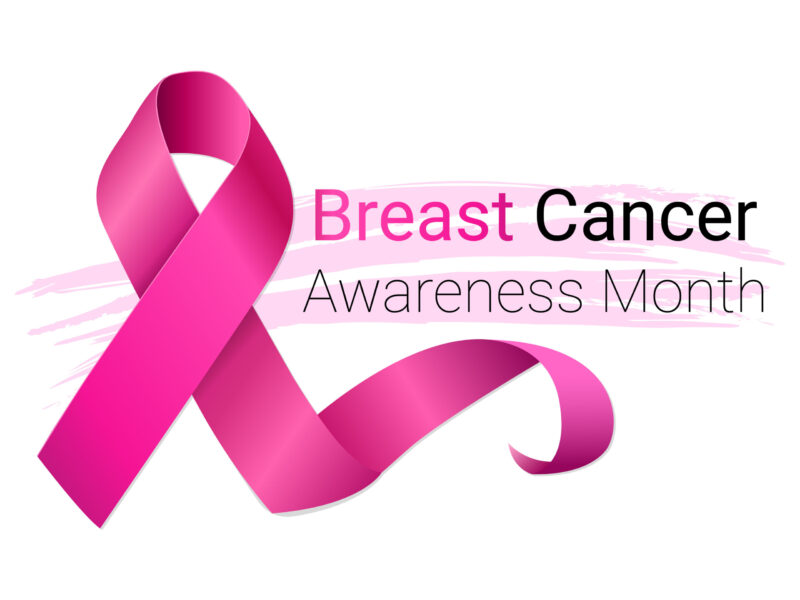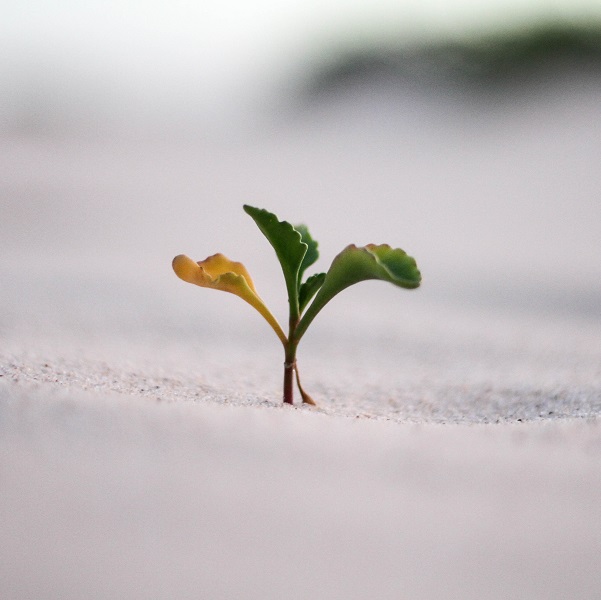1. Know your Strengths
Psychologist Alex Linley defines a strength as, “a pre-existing capacity for a particular way of behaving, thinking or feeling that is authentic and energising to the user, and enables optimal functioning, development and performance.”
Strengths are a way of measuring and defining what you are best at. Knowing what you are good at isn’t just interesting in itself. Knowing your strengths and using them effectively can have a positive impact on your life.
Using a strength involves:
- A sense of engagement
- Becoming completely engrossed in an activity
- A desire to keep going
- A wish to do this again
If you know your strengths, you can use them to improve how you work, how you play, and how you tackle many of life’s challenges.
2. Strength Spotting
Can you spot your own strengths? Ask yourself a few questions:
- What do you really look forward to doing?
- What activities do you do in which you lose yourself or lose a sense of time?
- What activities do you do that make you feel like your authentic self?
- Which activities leave you full of energy rather than tired?
When trying to identify your own strengths you could also ask yourself:
- Do I communicate well with others?
- Am I a people person?
- Am I a team player?
- Do I work better on my own?
- How well do I handle conflict?
- Do I enjoy making decisions?
- Do I like taking risks?
- Do I thrive on change or do I prefer stability?
Such questions will help you focus in on your own strengths. They will help you decide if you are the sort of person who is:
- committed
- organised
- self-confident
- brave
- self-reliant
- sensitive to the needs of others
- a team-player
- competitive
- creative
- a lover of learning
- determined
- enthusiastic
- faithful
(Of course, this is not an exhaustive list – just some suggestions.)
A couple of examples:
Perhaps you enjoy team sports like rugby or football. So ask yourself … Is leadership a strength? Is teamwork a strength? Is bravery a strength?
Perhaps you enjoy playing a musical instrument. So … Is creativity a strength? Is perseverance a strength? Is love of learning a strength?
3. Friendly Advice
Sometimes we struggle to define our own strengths. It can be hard to take an outside perspective on ourselves. This is when we need to ask a friend or a colleague who knows us well. Quite often it turns out that the way other people see us is not how we see ourselves. It is really helpful to have a different perspective. It might just surprise us!
Ask a friend to write down what they think your top three strengths are. Then do the same for them. Compare what your friend has written with your own list – are they the same or different? If they are different, can you think of any reasons why?
When you are ready, put it all together: combine the two lists – what are the similarities and differences? Do your friend’s choices make you think again about your own list? By putting the two lists together you can create a short list that both you and your friend agree on.
4. Using Your Strengths
Now that you have a better idea about some of your strengths, it’s time to think about how best to use them.
The first thing to do is notice times when you actively use your strengths:
- Over the next few days make a conscious effort to notice a strength in action – it might be at work, or at home, or during sport, or simply when having fun
- Is teamwork a strength? If so, when did you use it? What was the situation? How did you use it?
- Is creativity a strength? When did you use it? How and why?
- Did a whole week go by without using one of your strengths? If so, is it really a strength after all?
- Remember – strengths are things you enjoy using and you should naturally find yourself using them regularly
The second thing to do is actively look for opportunities to use your strengths in other situations. Think about how you might decide to use them again in a different context:
- For example – if you listed teamwork as a strength, you might have noticed yourself using it during sport. But how might you use teamwork more at work or at home?
- If you class love of learning as a strength, you might have noticed yourself using it at work. But how can you actively use a love of learning outside your working environment?
Find opportunities. Make a conscious effort to use your strengths. Remember: your muscles only stay strong if you use them; the same is true of strengths.
5. Working on Weaknesses
It’s all very well using our Strengths, but how can we give a boost to things we are not so good at?
The first step is to identify our weakest characteristics . Follow the same process we used for spotting strengths, but this time with the goal of identifying the things you least enjoy, the things that drain you of energy, the things you dread doing.
As before, ask a trusted friend to identify what they think are your three weakest areas. Do the same for them – but be kind to each other: never say “You are rubbish at this”, instead say “I think you could improve …”, “I notice that you don’t enjoy …”
Do you recognise any of these traits in yourself?
- I can be very indecisive
- I’m over-sensitive and always take criticism personally
- I am quite disorganised
- My time-management is poor
- I talk too much a don’t listen to what other people have to say
- I’m a bad loser
- I find it hard to make friends
- I’m focused solely on work and have few outside interests
Once you have a handle on some of your weak points, it helps to think of them as areas for improvement not as things you simply can’t do. It’s not enough to say “I’m rubbish at X”. Ask yourself why.
- What does X involve that makes me struggle with it?
- Can I use any of my strengths to help me with X?
- How can I get better at X?
Don’t just say “X is my weakness”. Ask yourself how to improve it
How can I turn X into a strength?
6. Turning Weaknesses into Strengths
A tourist in London stopped someone in the street and asked, “Excuse me, how can I get to the Royal Albert Hall?” “Practise, practise, practise!” came the reply.
How do you improve at sport or music? Easy … practise, practise, practise. If you don’t use a muscle it becomes weak. The more you use your muscles the stronger they become. It’s the same for strengths. This is how we can turn a weakness into a strength.
7. Moving Out of the Comfort Zone
The problem with using strengths is that they tend to keep us firmly in our comfort zone, they encourage us to keep doing the things we are already good at. They don’t encourage us to grow and develop new skills. In order to do that, we need to focus on strengthening those areas outside of our comfort zone.
Of course, moving out of our comfort zone makes us feel uncomfortable. But the more we do it, the easier it gets.
So once you have identified some of the things you do not enjoy or that you find difficult, try seeking them out. It will feel unpleasant at first. Just like if you haven’t done any sport for years it requires effort to get fit, so too will developing weaknesses need a generous dose of determination.
If you think you are disorganised, start writing everything down, keep ‘to do’ lists and tick things off methodically – in time it might become a good habit. If you are a bad loser, learn to play a new game and pit yourself against more experienced players – in time you might notice that losing is the best way to get better.
Above all, whether using your strengths or working on your weaknesses, remember that like a muscle a strength will weaken without use. So use it or lose it!
Related Health & Wellbeing Blogs

Top Tips for GoVida Steps Challenges
Ready to step up and make the most of your GoVida Steps Challenge? Whether you’re chasing personal goals or aiming…
Read this blog
GoVida Podcast Series
At GoVida we believe that everyone is unique and born with huge potential, talents and strengths. We believe that wellbeing…
Read this blog
Breast Cancer and Mental Health
October is Breast Cancer Awareness Month. But what’s that got to do with a wellbeing platform? Our mental health and…
Read this blog

